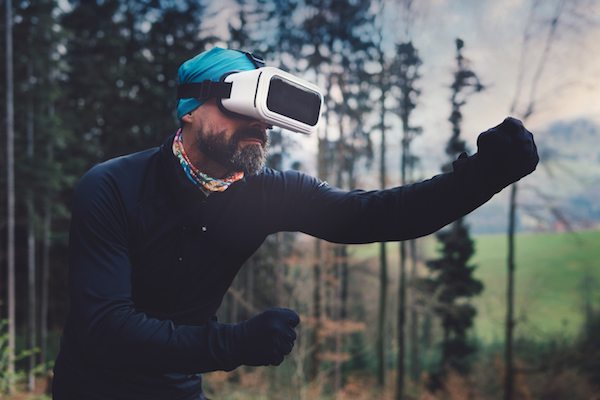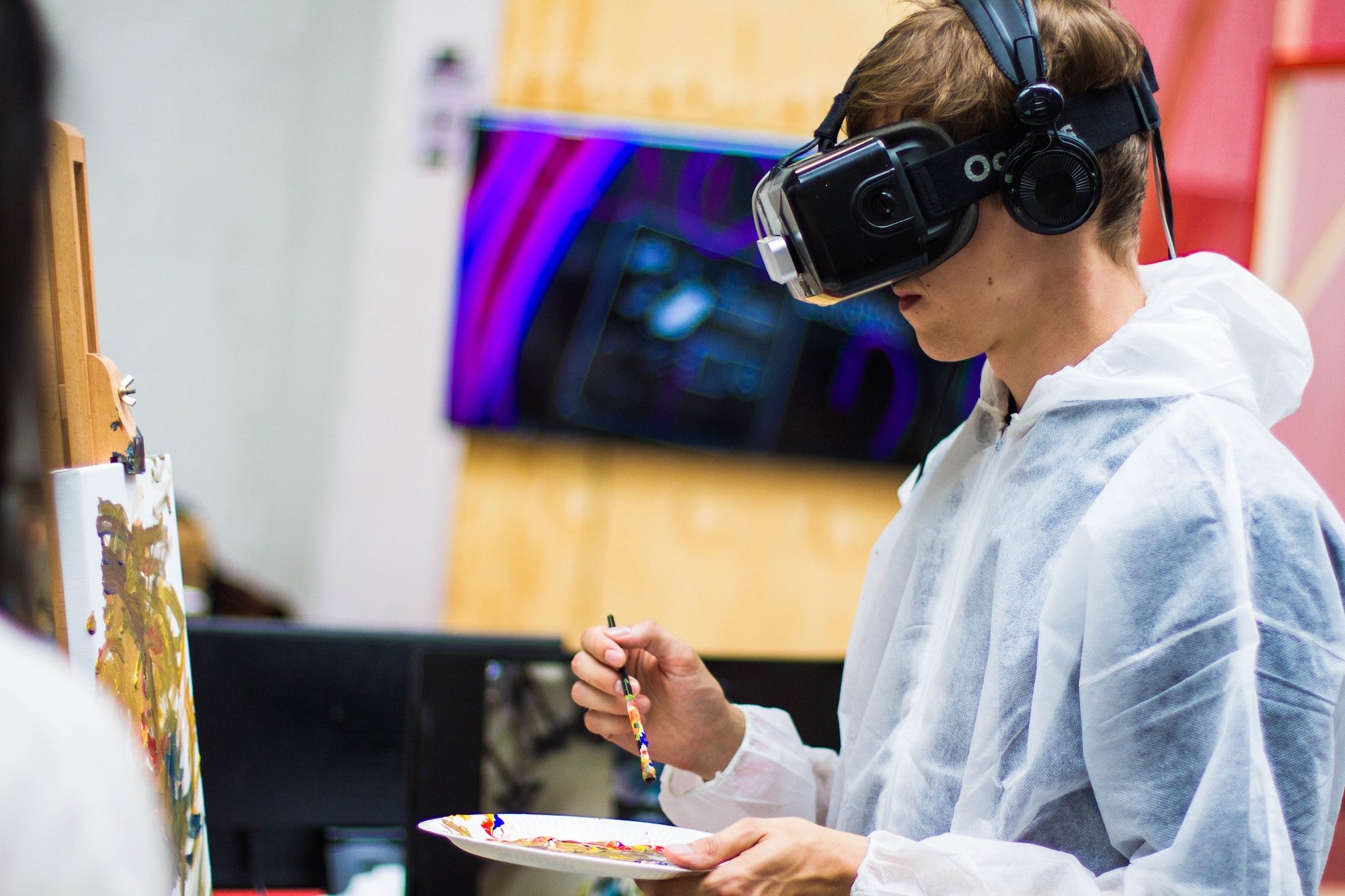With tech companies like Apple, Facebook, and Samsung pushing for Augmented Reality (AR) integrated into consumer devices, it’s no wonder that the buzz around AR has recently been brought to light. Augmented Reality is the new interface between humans and machines, bridging the physical and digital worlds to boost quality and productivity in all kinds of sectors. In this article we dive deeper on what AR is, how it’s integrated in business and operations, and why it’s important to keep track of in the future.
What Is Augmented Reality?

AR technology converts huge amounts of digital information into images or animations that are visually processed through an interface onto the real world. While real life is entirely 3D and data we analyze is locked on 2D screens, AR allows people to process the physical and digital at the same time. Training, education, decision making, and executing operational tasks are much more immersive and in-depth with AR’s current capabilities.
Augmented Reality brings new information-delivery systems that have profound impacts on how data is structured, managed, and delivered on the internet. Most AR apps are delivered through mobile devices, but the movement towards hands-free wearables with AR capabilities such as smart glasses are increasing everyday, as tech companies incorporate different ways to use AR in both individual and commercial settings.
AR In Action

With the advent of the Google Glass hitting the market in 2013, the world would get its first taste of modern AR technology, even though it failed to gather public interest, due to its hefty price-tag and poor functionality. In fall of 2015, Snapchat quietly launched Lenses, bringing another version of Augmented Reality to consumers, even if the subject matter was only for beautifying and filtering selfies. It wasn’t until the launch of Pokemon Go in 2016 that AR became a global concept to consumers, becoming the most downloaded app ever in its first week. Within its first month in the app store, total downloads reached over 100 million.
In the competitive landscape of retail, many traditional brands are leveraging AR to blend the in-store experience and e-commerce at the same time. IKEA, for example, has app coverage that gives users an idea of how everything from cabinets to rugs would look in their very own homes. The user simply holds their phone up and uses the camera to place digital furniture anywhere in any room. For a more personal touch, AR’s influence in the make-up and beauty products industry is booming with tools like the Sephora Virtual Artist app. This app uses virtual makeup of Sephora products that consumers can try on to create a variety of different looks. If users like what they see, then they can even buy the items straight from the app. AR also provides guides to help users through its interfaces.
The Future of AR

Augmented Reality is emerging as a leading solution to the proper accumulation and administration of data and knowledge that provides humans with even more opportunity. It is part of a new wave of technology, joining the hands of VR, AI, and chatbots, to dramatically increase our productivity and our standard of living. Although VR is conceived as the more exciting tech, AR is expected to generate more than $120 billion in revenue by 2020 compared to $30 billion for VR, as VR is one space that has yet to be a reliable and valuable investment for non-tech related companies.
Augmented Reality will gain significant traction in the future development of most sectors, impacting how we learn, make decisions, and interact with the physical world. Apple’s ARKit, for example, lets developers build AR apps and create tools for consumers, such as a digital measuring tape to measure physical objects or a menu app showing food preferences on your table. Matthew Miesnieks, a VC who led a team in AR research for Samsung, calls ARKit “the biggest thing that’s happened to the AR industry since it began.” Its role in the AR playing field will grow exponentially as smart, connected products (SCPs) allow users more power to create and reshape the digital landscape.
It will also change how enterprises serve customers, train employees, and design and create products. Microsoft’s Alex Kipman shared the development of Microsoft’s Hololens in his 2016 Ted Talk as a new tool that will “enhance the way we experience life beyond our ordinary range of perceptions”, utilizing 3D holograms and advanced interactivity.
Combining both the capabilities of machines with human interaction and input will lead to far greater productivity and more value creation than either could generate alone. AR allows people to adapt easier to the digital revolution and will become the stepping stone in this new road to helping humans enhance their own capabilities and take in new waves of digital knowledge.












